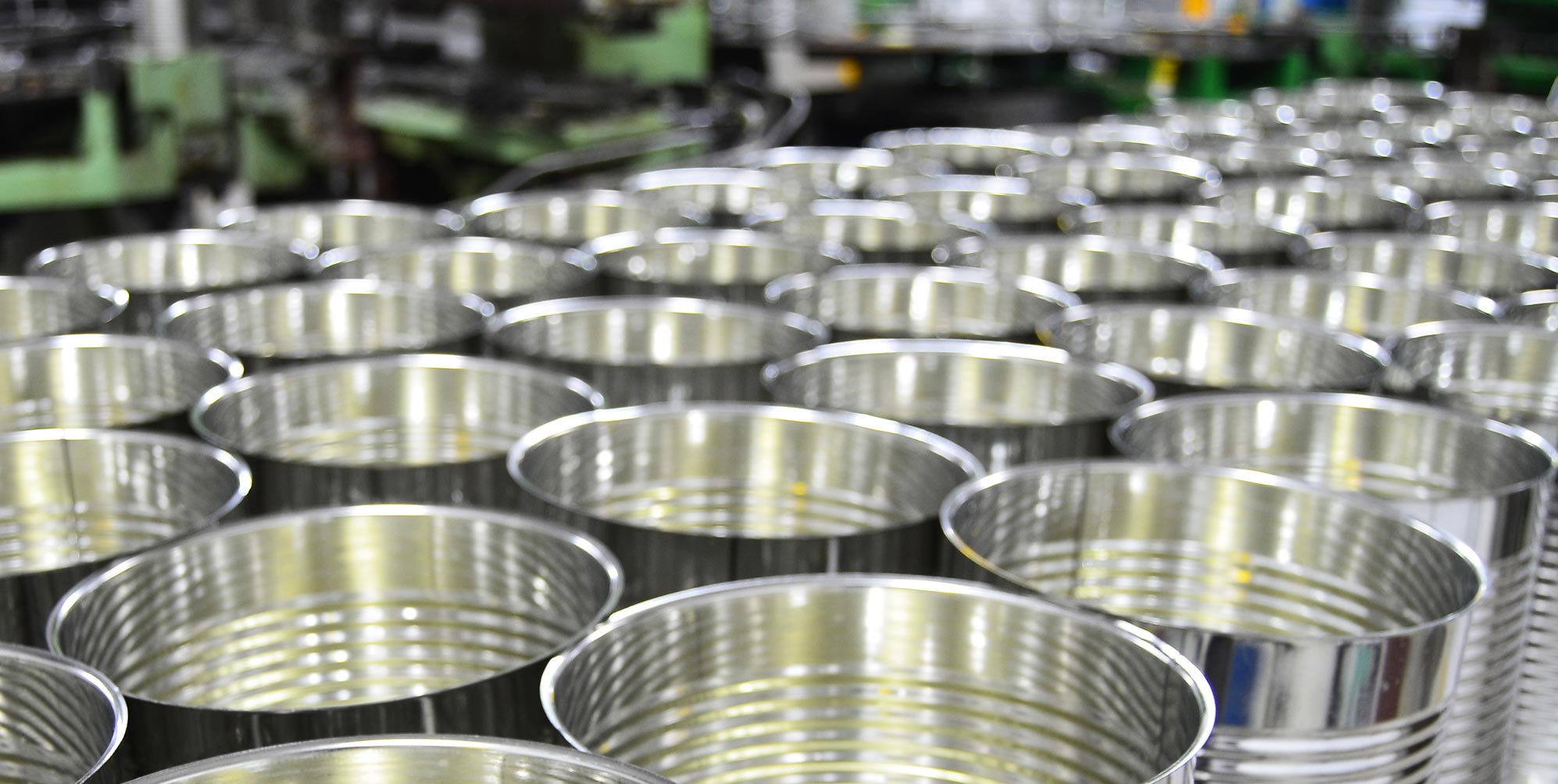
Mississippi is a prime location for companies in the food processing sector. Over 18,000 workers in the Entergy Mississippi territory are employed in food manufacturing, with job growth expected to remain stable over the next 10 years.
Farms in the Entergy Mississippi Service Territory
Ports are Located Within the Entergy Mississippi Territory
Site and Project Management Services
Large Project Services
Contract Services